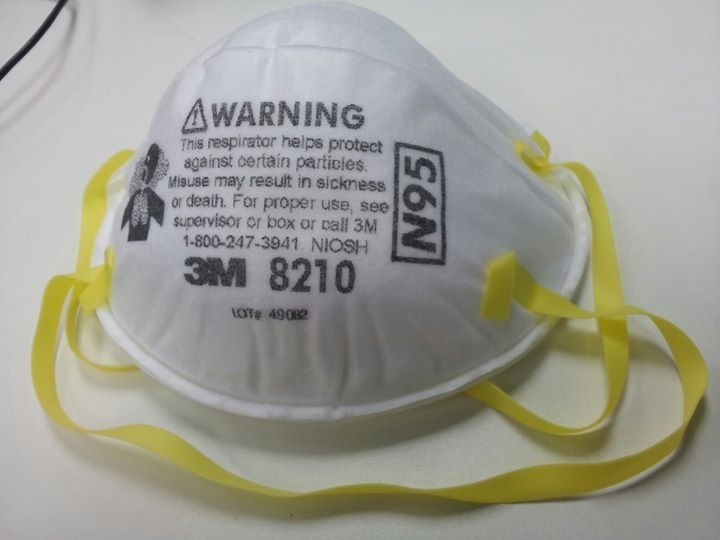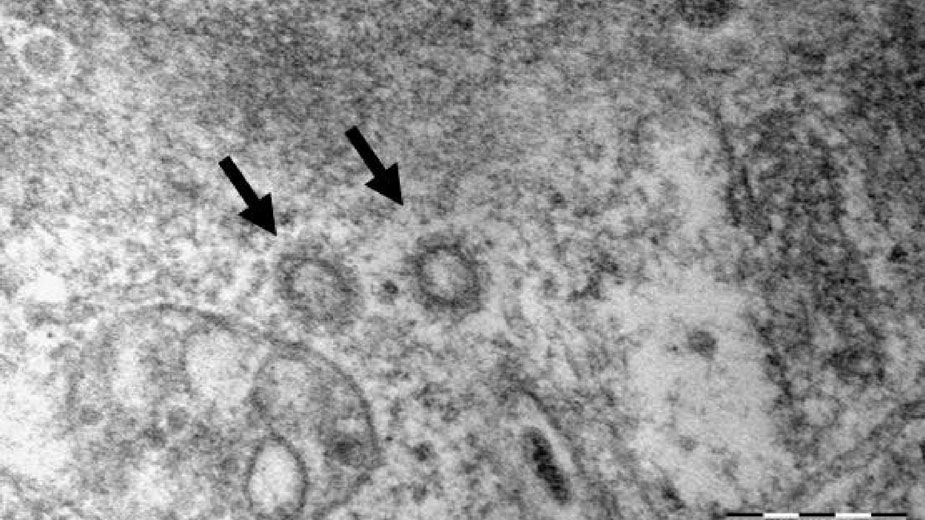Ohio Makes Preparations to Contain Coronavirus
YOUNGSTOWN, Ohio — As concerns rise around the globe about the impact of the coronavirus – from soccer games in empty Italian stadiums to deepdrops on Wall Street – Ohio is being proactive in its attempts to mitigate the virus’ effect on the state.
There have been no diagnoses of the disease, COVID-19, in the state, said Gov. Mike DeWine in a press conference Thursday. Two-hundred twelve people in the state are under supervision of public-health agencies, added Dr. Amy Acton, director of the Ohio Department of Health.
“These people are not sick, they don’t have the disease, but we took an aggressive stance in Ohio and asked that they voluntarily self-quarantine,” she said. “They stay home, watch Netflix and work with these disease detectives at the local level who monitor them every day.”
COVID-19 is the disease caused by a virus in the coronavirus family, much like the SARS and MERS outbreaks in 2003 and 2012, respectively. Symptoms of the disease include fever, fatigue, respiratory issues such as sneezing, coughing and shortness of breath, and kidney and intestinal problems.
The best prevention against COVID-19, Acton continued, are the same practices employed to prevent getting the flu: wash your hands, cough into your sleeve, wash surfaces that are used frequently and stay home if you’re sick.
Acton and other public-health experts she’s met with, she said, have seen many similarities between the coronavirus and H1N1 flu outbreak in 2009. In that case, one study found that in schools that implemented twice-daily handwashing policies and the sanitizing of surfaces, infection rates dropped 50%.
“What we now know, and we learn more hour by hour, is that it’s very contagious,” she said. “In terms of its morbidity and disease state is that it’s a little more dangerous than the flu but it’s not as dangerous as things we’ve had in the past and dealt with like ebola or SARS or MERS.”
“The threat of the coronavirus in the United States and Ohio remains low and currently in Ohio we have no confirmed cases,” DeWine said. “But we know this could change, so we have to be prepared. All Ohioans must have a sense of urgency about this emerging health threat.”
Locally, public-health departments have been in touch with Acton’s agency, who in turn is communicating with the Centers for Disease Control and the White House. Right now, said Laura Fauss of the Columbiana County General Health District, there is little threat from coronavirus. The agency has put out notices and, internally, started checking its supply of personal protective equipment in case there is an outbreak.
For businesses, steps to mitigate the impact of any potential sickness should be taken now, says Fauss, the agency’s environmental division coordinator and public information officer.
“Businesses want to think about a contingency plan, especially if they’re a small business. A lot of people can get sick or even one person and that may be half the staff. Think about working from home and encourage people to work from home,” she says. “A lot of people don’t want to stay home, but if they can work from home it can slow not only coronavirus but anything else like the flu, which continues to rise.”
At the governor’s press conference in Cleveland, Cuyahoga County Board of Health commissioner Tony Allan said his agency has started working with emergency services, schools and health-care systems to develop a plan for dealing with a potential outbreak. Any potential diagnosis of COVID-19 will go through four phases: identify, diagnose, isolate and trace.
“We know who those folks are working with their health department and CDC. They’re cooling their jets while they wait through their isolation period. We watch for symptoms,” he said. “If need be, we move to diagnosis. They’re being watched, we’re taking their temperature and tracking their symptoms. This is happening across the country and in Ohio.”
If such a patient is diagnosed with the disease, the county health agency will figure out who they’ve been in contact with and determine if any of those individuals need to be isolated as well.
“This is also what we do for things like measles. This is very much what public health does,” he said. “We’re hoping for the very best and planning in case things get worse.”
The state should have its own testing kits for the coronavirus next week, Acton said, allowing the Department of Health to manage its own diagnoses, rather than shipping samples to the CDC, a process that can take up to five days.
Once available, all Ohioans will have access, regardless of their health insurance coverage.
“For some, insurance will cover it. We will get the test done,” she said. “There are funds set aside. We’re going to make sure that there’s no one who needs a test that doesn’t get one.”
Currently, flu shots are also a top priority. Last flu season, 34,000 Americans died from the flu and the previous year, the total neared 80,000. In the past three weeks, Allan said, Cuyahoga County has seen 10 deaths and 1,500 emergency room visits due to the flu.
Globally, there have been 87,000 diagnoses of coronavirus, with 2,700 reported deaths.
The flu vaccine can also help keep ERs clear should the coronavirus hit Ohio, Acton said.
“it can also confuse the picture of figuring out if you have coronavirus,” if Ohioans don’t get a flu shot because the symptoms are so similar, she said. “And it helps that you aren’t going to the hospital with flu if we’re trying to gear them up for a spread of this disease.”
To keep citizens up to date on the coronavirus, the Department of Health has launched a web page – Coronavirus.Ohio.gov – with guidance, statistics and news.
Beyond the illness itself, there are been concerns over a shortage of facemasks, Acton said. N95 masks – so named because they stop 95% of particulates from being inhaled – are in short supply, she said, although the Department of Health and CDC are developing stockpiles for professionals and patients to use.

“These are essential for our health-care providers to have. Some masks have been given to family members in these first cases because they live at home and they’re trying to stop others from getting it,” she said. “It’s vitally important that we keep them for medical professionals and patients who need them.”
Fauss added that such masks are most helpful for those who are already sick.
“Using a face mask when you’re not sick isn’t going to really help you. You use it when you’re sick to stop spreading the disease. It’s kind of reverse of what people usually think,” she said. “We don’t recommend wearing one if you’re not sick. If you are diagnosed, we’ll work with you to make sure you have them.”
As local, state and federal officials work on dealing with the potential arrival of COVID-19, DeWine said state government will lead by example. He issued a series of orders for state agencies at the press conference, urging private organizations and individuals to follow similar safety procedures.
Among the requests were:
- Increased use of disinfectants by the Departments of Rehabilitation and Corrections and Youth Services.
- Prohibiting travel by colleges and universities to areas affected by coronavirus outbreaks, such as China and South Korea. DeWine also urged schools to accommodate students returning to the state from studying abroad in affected areas.
- Cooperation from the Ohio Department of Aging to identify the most vulnerable seniors, as well as checking in with senior-care centers to ensure proper illness-prevention methods are being used.
“Infectious diseases are something we know. Even when there’s a new infectious disease, they are predictably unpredictable,” Acton said. “Pandemics and the spread of disease happen in phased ways and in patterns.
“While we might not know exactly where it will spread first or where that first case in Ohio might occur, we know what to do when it happens,” she continued. “Our systems are working and looking around the country, I feel we’re very prepared.”
Pictured at top: Two coronavirus cells via Korea Centers for Disease Control and Prevention / Korea Open Government License Type 1
Copyright 2024 The Business Journal, Youngstown, Ohio.



